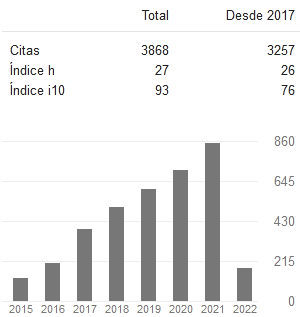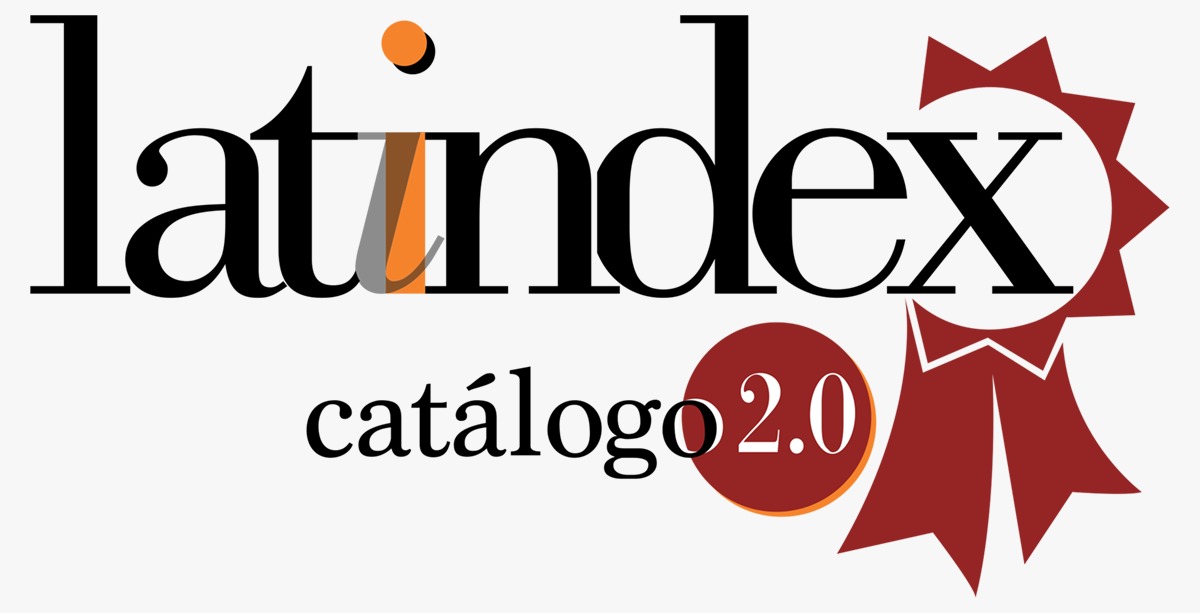Learn to learn: Learning program for second grade
Keywords:
Learning to learn, comprehension, moral values, Zone of proximal development, Social Situation of DevelopmentAbstract
Learning to learn is one of the most used intervention programs in school contexts. These have the objective of improving the learning and academic performance of students, providing them with tools to select information, solve problems and/or learn. This specific program responds to the school bank: writing problems of schoolchildren, since comprehension was worked with them through reading text problems and the teaching of moral values. The program in question was carried out at the “Manuel Ascunce Domenech” Elementary School, in the Old Section of Havana municipality of Havana. It has an enrollment of 318 students, and the sample was 26 second grade students. For the development of the program, the psychological development of school age was taken into account from the categories social development situation and current and proximal development zone. In the first session, a diagnosis of the zone of current development of the students in the group was carried out in order to work on their zone of proximal development, to reach higher levels in the ability to understand and in the proposed topic. To achieve this objective, we worked on the social situation of development on external factors (activity and communication). We also worked with the experience category to promote the development of the personality, based on the fact that teaching enhances development and that there is an interdependence between the personological characteristics of the subject who learns and who offers the learning.
Downloads
References
Beltrán, J. A. (1993). Procesos, estrategias y técnicas de aprendizaje. Síntesis.
Caena, F. (2020). Hacia una nueva conceptualización del Aprender a Aprender. Aula Abierta, 49(3), 199-206.
De Bono, E. (1997). Aprender a pensar. (4ta. ed.). Progrés.
Gamboa, M. (2019). La Zona de Desarrollo Próximo como base de la Pedagogía Desarrolladora. Didasc@lia: Didáctica y Educación, 10(4), 30-50.
Gamboa, M.E. (2012). Enfoque vigotskiano del curriculum en la Pedagogía contemporánea. Unidades didácticas contextualizadas. Editorial Académica Española.
Nisbet, S. J. (1990). Estrategias de aprendizaje. Santillama / Aula XXI.
OECD. (2019). Future of Education and Skills 2030. Conceptual Learning Framework. Concept Note: OECD Leraning Compass 2030. Paris: OECD.
Schunk, D. H. (2012). Teorías del aprendizaje. Una perspectiva educativa, (6ta. ed.). México D. F.: Pearson.
Smith, M. y Gamboa, M. E. (2020). El contenido formativo de la OPP: ejemplos de su implementación en la formación inicial del profesional de la educación de Lenguas Extranjeras en Cuba. Editorial Académica Española.
Wompner, F. H. (2006). Calidad en la educación superior: una palanca de desarrollo. Observatorio de la economía latinoamericana,71.
Downloads
Published
How to Cite
Conference Proceedings Volume
Section
ARK
License
Copyright (c) 2023 Eliana González Rodríguez, Naila de la Caridad Rodríguez Ortiz, María de la Caridad Díaz Caballero

This work is licensed under a Creative Commons Attribution 4.0 International License.
Usted es libre de:
- Compartir — copiar y redistribuir el material en cualquier medio o formato
- Adaptar — remezclar, transformar y construir a partir del material para cualquier propósito, incluso comercialmente.
Bajo los siguientes términos:
- Atribución — Usted debe dar crédito de manera adecuada, brindar un enlace a la licencia, e indicar si se han realizado cambios. Puede hacerlo en cualquier forma razonable, pero no de forma tal que sugiera que usted o su uso tienen el apoyo de la licenciante.
- No hay restricciones adicionales — No puede aplicar términos legales ni medidas tecnológicas que restrinjan legalmente a otras a hacer cualquier uso permitido por la licencia.













































